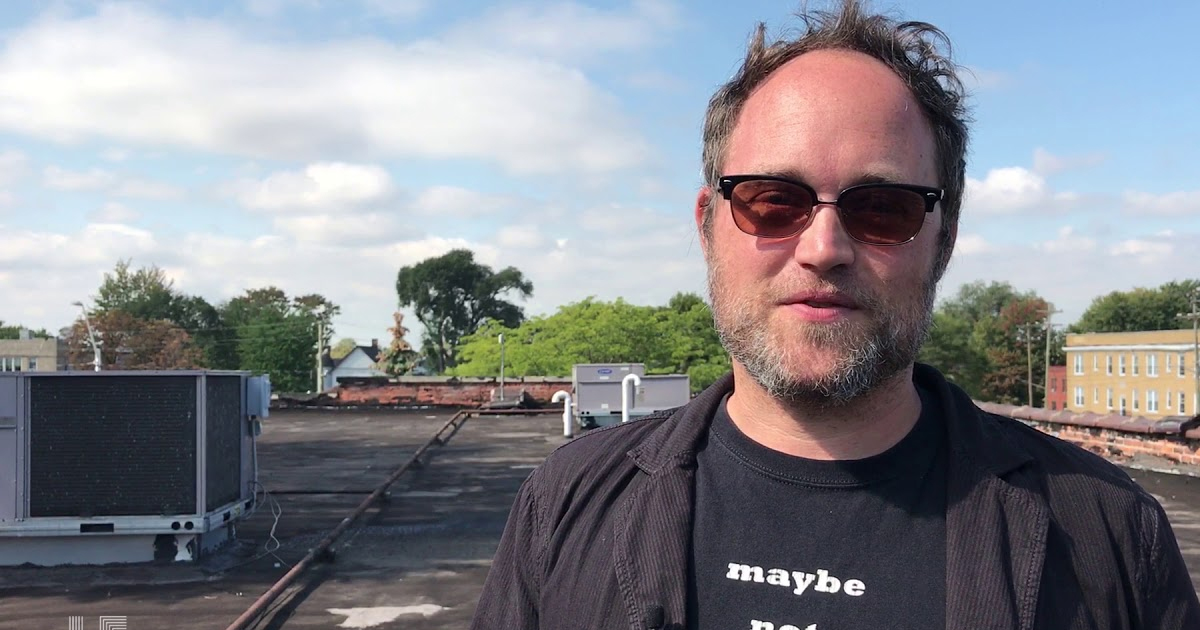By David Haynes
The engineer driving a Bronx Metro-North commuter train that hurled off the tracks and derailed due to excessive speed says he was in a “daze,” according to his lawyer. The tragic Dec. 1 train accident left four dead and 63 injured. The National Transportation Safety Board (NTSB) found that the train’s brakes were functioning properly. William Rockefeller, the train’s driver, told the federal safety agency that he experienced “white line fever,” which is a phrase long-haul truckers use for being hypnotized by the road during long drives. The results of Rockefeller’s toxicology report have not been publicly disclosed.
The recent New York City train derailment is only the latest in a series of alarming safety problems and deadly accidents that have plagued the Metro-North Commuter Railroad, which is a suburban commuter transit service operated by New York State’s Metropolitan Transportation Authority (MTA). In the past eight months, Metro-North trains have had three additional accidents, which have caused five deaths and about 129 injuries:
-
Bridgeport, Connecticut (May 17): train derails between Fairfield Metro and Bridgeport stations and at least 72 people were injured.
-
West Haven, Connecticut (May 28): railway worker employee Robert Luden was struck and killed by a passenger train.
-
Spuyten Duyvil, Bronx, New York City (July 18): 10 CSX freight cars hauling garbage derailed. As a result, the MTA needed to rebuild 1,500 feet of train track. This was the same location as the Dec. 1 accident that claimed four lives.
In a Dec. 3 letter to the MTA, the NTSB called the Metro-North’s safety record “simply unacceptable.” The deadly train accidents have damaged the public’s confidence in the Metro-North’s safety and damaged employee morale, the head of the Federal Railroad Administration, Joseph Szabo, said.
Tragically, the Bronx train accident may have been prevented if new signaling technology had been implemented under a 2008 law. Under the law, the MTA must have the new system in place by 2015 but the New York train operator has said it would be difficult to meet that deadline.
Train Crash Legal Issues
Railroads are subject to the Federal Railroad Administration’s jurisdiction under the federal railroad safety laws. Federal law empowers the FRA to issue emergency orders where dangerous conditions “cause an emergency situation involving a hazard of death, personal injury, or significant harm to the environment.”
On Dec. 6, the Federal Railroad Administration issued an emergency order mandating that Metro-North take immediate action to ensure its train crews do not break speed limits. Under the Order, Metro-North must modify its signal system and until the modification is complete, it must staff two qualified railroad employees for trains that operate on tracks where there is a speed reduction of more than 20 mph like Spuyten Duyvil, where the deadly Dec. 1 accident occurred.
According to media reports, four victims of the Metro-North railroad derailment have already filed notices of claims against the MTA. Notices of claims are legal documents that must be filed before taking legal action against the train operator. Because the MTA is a public benefit corporation, which is a quasi-governmental and quasi-private hybrid entity, special legal rules apply to lawsuits and notices of claims must be filed within a short 90-day window.
There are a myriad of complex legal issues that could determine the outcome of legal claims related to the Bronx train accident and The Cochran Firm represented many of the 2009 Fort Totten train crash victims and was co-liaison counsel for all plaintiffs in the subsequent consolidated litigation.
Two significant issues are whether human error caused the train accident and whether state or federal law covers the railroad safety issues. If Rockefeller’s human error caused the derailment, the MTA could be liable for Rockefeller’s carelessness. Under the legal doctrine of respondeat superior, which is a Latin phrase translating to “let the master answer,” an employer is vicariously liable for the actions of employees performed within the scope of their employment.
If, on the other hand, the New York City train accident was caused by faulty train mechanics, liability could extend to the makers of train parts and businesses that sold and resold those parts. Although the analysis is ongoing, federal investigators have said they are leaning toward human error as the cause of the accident.
Large lawsuits have a history of following careless train accidents. In 2009, an Illinois jury awarded over $29.5 million to a Chicago woman who was injured in a 2005 derailed train. Metro-North holds about $410 million dollars in liabilities for injured passengers. It has approximately $350 million in liability insurance through several insurance carriers. The commuter railroad service also holds $50 million through First Mutual Transportation Assurance and $10 million in self-insurance.
David Haynes is the managing attorney for The Cochran Firm, D.C. and a guest contributor to Ring of Fire.

